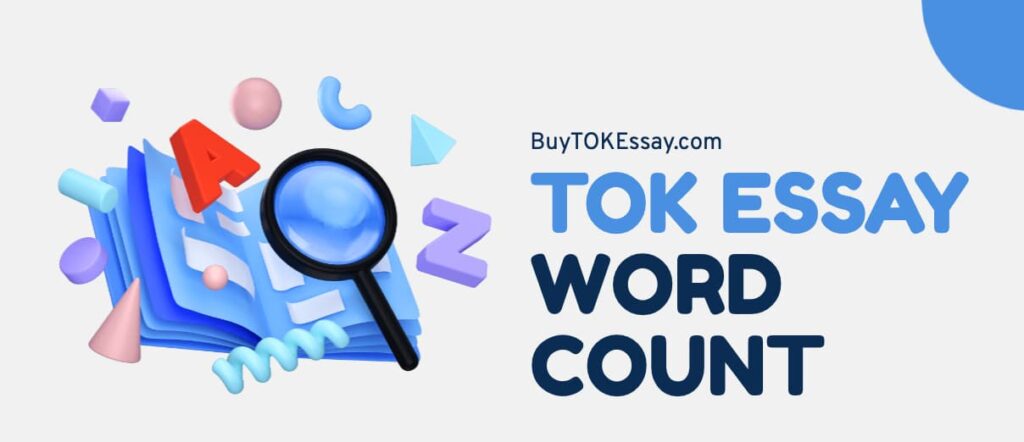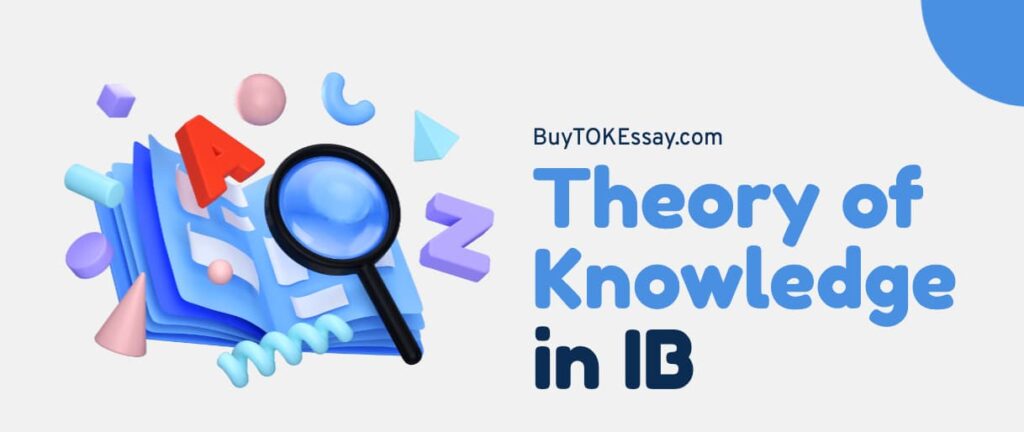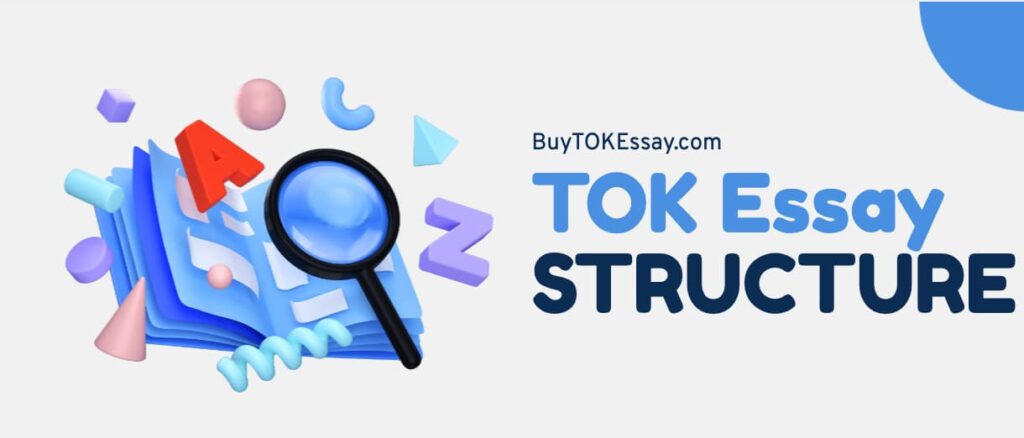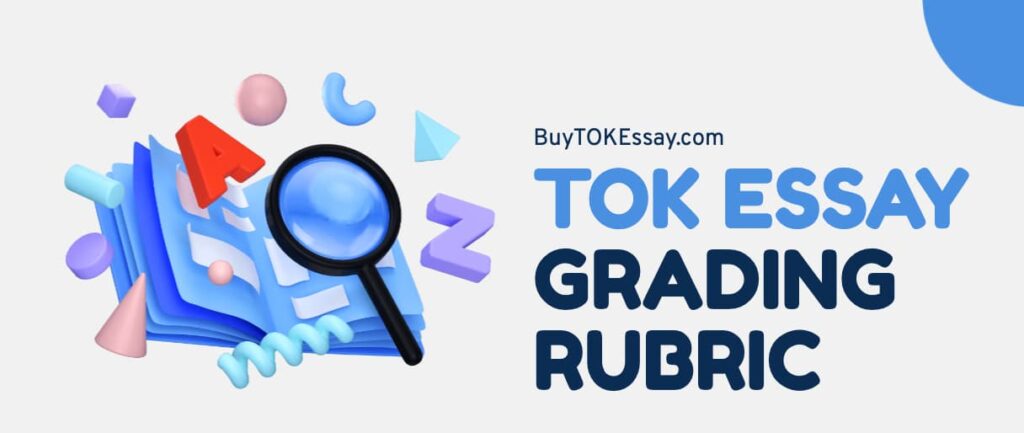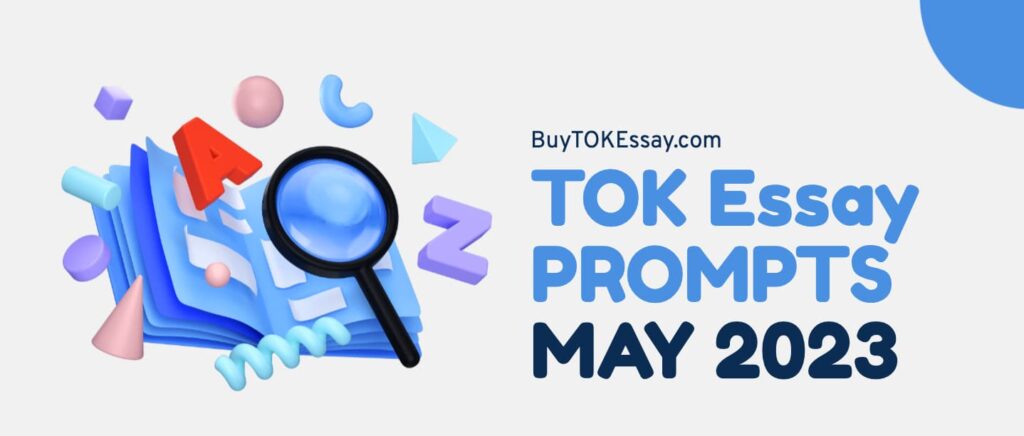It’s a wonderful experience to write a TOK essay on the May 2026 prompt about Pythagoras’ audacious theory that “all things are numbers.” Students either immediately fall in love with the quotation or gaze at it in the same way that people look at flat-pack furniture instructions: intrigued, bewildered, and somewhat skeptical.
This title challenges you to consider the limits of numerical reasoning before it becomes illogical. Indeed, numbers are used to construct buildings or forecast the weather, but are they able to describe culture, beauty, or emotion?
As a TOK tutor, I can tell you that this prompt works best when you let math play a supporting role while keeping a strong emphasis on the human sciences and arts. Now, it’s on you to show how numbers can both explain and oversimplify the world.
How to Work on This Prompt?
The first step is to figure out what this title really wants you to think about. You’re not writing a math paper, and the IB doesn’t want you to create an ode to Pythagoras and his famous triangle.
Here, your task is to figure out if the statement “all things are numbers” makes sense when it comes to human behavior, society, innovation, and understanding. To use TOK, you need to check how far a numerical statement can go in producing knowledge and when it stops being useful.
Building your essay around stresses instead of absolutes is a good idea. Point out times when using numbers to compare, examine, or rate something is useful. Then compare those to times when lowering something to numbers takes away all of its subtleties. For instance, a happiness index gives lawmakers a useful picture, but a number can’t fully describe the sadness that causes a community to have a low score.
You should also consider how “understanding” is defined in the arts and human sciences. Data and numbers are used to build ideas in the human sciences. In the arts, meaning is often based on feeling, expression, and symbols. Show the examiner that you clearly switch between these points of view. That’s how you get good grades.
As you write, pick clear examples and use them consistently. Also, don’t throw references around; build your case one step at a time. Your analysis will be better than any emotional words if it has a clear, sure framework.
What Are the Best AOKs and WOKs for This Title?
The arts and human sciences are already mentioned in the title, and this mix works really well when used with some thought.
The Arts
Most useful WOKs: Emotion, Imagination, Sense Perception, Language
Music and Ratios
Musicians use numerical structures every day: time signatures, rhythm, and pitch frequencies. You can mention how harmonious intervals are literally mathematical ratios. That’s for the claim that numbers shape artistic creation.
But then ask why two pieces with identical structures feel different. Emotion and imagination play a huge role here, reminding you that numbers provide a skeleton, not the full artistic experience.
Visual Arts and Proportion
Bring in the golden ratio or rule of thirds. Artists often rely on these proportions to create a balanced composition. It reinforces the idea that numbers influence what we find aesthetically pleasing.
However, use sense perception to show the limitations. Abstract artists like Jackson Pollock create pieces with no numeric plan at all, yet their work still communicates powerful meaning. The audience responds through emotion, not calculation.
Literature and Patterns
You can reference poetic meter (iambic pentameter) or narrative structures with repeating motifs. These patterns have a measurable, numerical side.
Then argue that language and imagination go far beyond structure. A poem’s emotional impact cannot be captured by counting syllables.

Human Sciences
Most useful WOKs: Reason, Language, Intuition, Emotion
Psychology and Measurement
Psychologists love numbers. You have tests, scales, reaction-time studies, and questionnaires. These tools let researchers compare patterns in human behavior.
But here’s your TOK twist: a score of “72/100” on a well-being survey doesn’t explain what caused a person to be sad or satisfied. Intuition and emotion show what the numbers don’t. You can’t really put human behavior into a spreadsheet.
Economics and Indicators
GDP growth, inflation rates, and unemployment figures: all clear examples of how numbers guide decision-making. This case supports the idea that numbers shape how we interpret societies.
Yet these measurements fail to reflect fairness, cultural meaning, community trust, or long-term resilience. Here, language and reason help you unpack how economists must interpret numbers rather than treat them as the final truth.
Sociology and Data Patterns
Sociologists use statistics to identify demographic trends, voting behavior, or social inequality. Numerical data is crucial for large-scale research.
But every sociologist knows that numbers lose detail. Two communities with identical statistics may have entirely different cultural backgrounds. So, the human sciences need both quantitative and qualitative approaches, meaning Pythagoras’ claim works only partially here.
How to Blend AOKs and WOKs for This Title?
To score high, show the examiner that you understand how knowledge builds through a combination of tools.
- Use reason to explain the structure numbers bring.
- With emotion and imagination, you will convey where numbers fall short in reflecting artistic meaning.
- Language highlights how definitions and interpretations shape what “counts” as understanding.
- Use sense perception to connect artistic appreciation with individual experience.
- Intuition in the human sciences illustrates how researchers must sometimes make interpretive judgments that are not driven solely by numbers.
Show how WOKs interact rather than isolating them. For example, explain that economists use reason to interpret numerical data, but intuition shapes how they evaluate risk. Or note that musicians rely on sense perception to refine sound, even if the underlying pitch can be mathematically defined.
All Guides for May 2026 Session:
- May 2026 TOK Prompt 1
- May 2026 TOK Essay Prompt 2
- TOK Essay Title 3 May
- Prompt 4 May 2026 Session
- Detailed Guide to the May 2026 TOK Essay Prompt 6

Need Help with Your IB TOK Essay?
Maximize your potential and boost the excellence of your TOK Essay with the help of our experts at BuyTOKEssay.com! Whether you’re starting from scratch or fine-tuning your existing journal assignment to meet your supervisor’s demands, our team is here to make your dream of a perfect paper a reality. Say goodbye to writer’s block and hello to success with just one click.
What Are the Real-Life Situations for This Prompt?
When your title is “all things are numbers,” you’ll find real-life examples everywhere, even in places where numbers don’t belong, because people today love to measure everything they can.
Psychological Assessments and Well-Being Scores
In psychology, numbers are often used to get a quick snapshot of how someone is feeling. Tests turn emotions into a single score, which makes it easier to follow changes over time or compare results across different people.
The problem is that the score doesn’t tell you why someone feels that way. Two people get an “18,” yet their situations might be nothing alike. One might be going through grief, another could be burned out, and someone else might be struggling with old trauma. The number shows the level of distress, but not the story behind it. And that’s exactly why this example works so well for this prompt—it shows where numbers help and where they fall short.
The Algorithmic Taste-Making
Streaming platforms classify artistic preference through data—tempo, genre, watch time, skip rate, and mood tags. These platforms use numbers to predict what we might enjoy next.
But ask yourself: does a playlist generated by an algorithm understand why a particular song gives someone goosebumps? Does a “97 percent match” with a film actually reflect the emotional experience of watching it?
This creates a perfect RLS for the arts: numerical models help organize art consumption, but they cannot explain personal meaning.
Quality-of-Life Metrics
Governments love numbers because they make abstract ideas look manageable. Happiness surveys, quality-of-life ratings, life satisfaction indices. These tools attempt to translate mood, trust, relationships, and social stability into numerical rankings.
They’re helpful for creating policy, but incredibly limited as representations of lived experience. A country with a high happiness score may still have significant political tension or cultural pressures. This gives you a rich opportunity to contrast quantification with the emotional and cultural layers that resist it.
Social Media
Likes, followers, views, watch time—all numerical markers that shape online identity. These metrics influence who becomes visible, who gains credibility, and even how people feel about themselves.
But the number of views tells you nothing about why people connected with a video. Was it funny? Controversial? Relatable? Misinterpreted? Numbers describe the volume of engagement, not the meaning behind it.
This example lets you show that measurement influences human behavior, but doesn’t fully capture it.
Monetary Value of Creativity
A well-known example is the huge price paid for Beeple’s NFT artwork. The number attached to it was shocking, but what does that figure actually stand for? Is it a sign of true artistic value, hype driven by the crypto world, or simply the excitement of something new?
When art enters financial markets, numbers dominate the conversation. Yet critics, historians, and audiences evaluate meaning in completely different ways.
This contrast shows clearly that numbers describe how much something sold for, but they don’t explain what it means.
Predictive Models in Human Sciences
Economists forecast inflation. Sociologists model migration patterns. Political scientists use simulations to predict voter behavior.
These methods rely on data, but they’re never fully reliable. Even the smartest model falls apart during an unexpected crisis because people don’t always behave in predictable ways. Numbers outline possible trends, but they can’t capture everything about human decisions.
Conclusion
Pythagoras would be a cool guest to have in a TOK class. He’d always say that everything in life can be turned into numbers, while half your classmates would certainly argue that their feelings about art, culture, and creativity just can’t be measured at all. That disagreement is precisely why this title is so great. It encourages you to mix things up a bit—finding the balance between having a plan and going with the flow.
So, if you point out to the examiner how numbers are useful and where they miss the mark, you’re already doing better than a lot of students tackling this topic.
Not to mention that writing TOK essays needs focus, structure, and a flow that doesn’t always come easily during a busy IB year. In such a case, my team and I can assist you. We help IB students make good outlines, strengthen their points, and improve their examples at BuyTOKEssay.com so that the final essay really shows what they thought.
We are here to help you with this May 2026 prompt, whether you need to improve your draft, make your points stronger, or come up with a full response.
